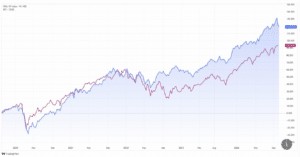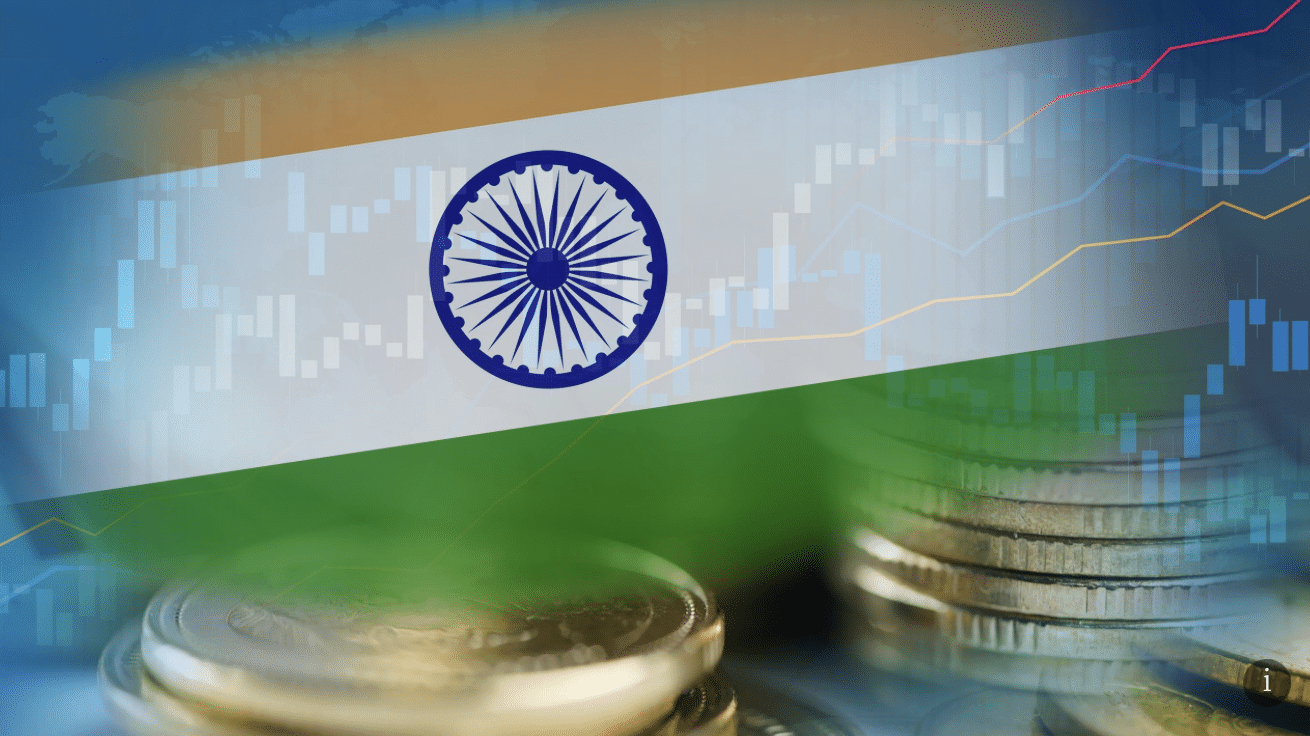India’s “Miracle” Poised to Join the Global Economic Elite
India, driven by robust economic growth, a booming stock market, and increasing interest from foreign investors, is on track to become the world’s third-largest economy. In recent years, the country has rapidly gained prominence among global investors due to its dynamic economic expansion, thriving equity market, and significant demographic changes.
If you plan to bet on Sport or in Casino, Betbolt (review)is the right choice. This betting platform offers a wide range of betting options and excellent welcome bonuses, allowing you to start your bets with a significant advantage. New users can receive attractive welcome bonuses and free spins, increasing their chances of winning
Several indicators suggest that India could soon surpass Germany and Japan to rank among the top three economies globally, following the United States and China. According to JPMorgan, India’s GDP is projected to grow at an annual rate of 6.1% until 2027, ensuring its rise in the global rankings.
Analyst Tomáš Cverna from XTB brokerage highlights the influx of foreign capital as a key driver of India’s economic growth.
“India’s GDP growth rate surpasses not only China but also other Asian and developed economies, making it highly attractive to investors. The demand for Indian stocks is so strong that the total market capitalization of all shares traded on Indian exchanges now exceeds $5.5 trillion,” Cverna explained to SZ Byznys.
This makes the Indian stock market the third-largest in the world, just behind the United States and China.

India Market
A Stock Market on the Rise
Since the pandemic-induced slump in March 2020, the Indian stock market has rebounded significantly. The Nifty 50 index has surged by over 200%, reflecting investor confidence in India’s long-term economic potential. With a population of 1.4 billion, the country is emerging as a key player on the global investment scene.
Similarly, the BSE Sensex index, which tracks 30 of India’s largest and most traded companies, has more than doubled in value over the past five years, outperforming the U.S. S&P 500 index. India is no longer just an emerging market but a serious contender on the global economic stage.
Tomáš Vlk, chief analyst at Patria Finance, notes that India’s appeal lies in its rapid economic growth and openness to foreign investment.
“India can further benefit from Western manufacturers seeking to diversify production away from China. Additionally, the outlook for growing domestic demand, driven by its vast population, is another key advantage,” Vlk stated.
Retail investors have also played a significant role in driving the stock market. Since 2020, there has been a steady influx of smaller investors into mutual funds, bringing more capital to the market each month. Between March 2021 and now, Indian mutual funds have received inflows totaling 6.74 trillion rupees ($81 billion), according to Reuters, citing the Association of Mutual Funds in India.
Sectors with Potential
Investors seeking to capitalize on India’s growth have a wide range of opportunities across sectors benefiting from rapid economic expansion and demographic changes. Cverna from XTB identifies several key industries with high potential.
“I believe India has a lot to offer as a whole, but I would highlight the automotive, healthcare, and IT sectors. The first two, in particular, will benefit from India’s population growth,” Cverna predicts.
One striking example of the Indian market’s strength was the recent successful IPO of Bajaj Housing Finance. This mortgage lender attracted massive investor interest, with bids totaling $38.6 billion—64 times the number of shares available. The IPO itself was valued at $782 million.
Shares designated for large institutional investors, including foreign funds and banks, were oversubscribed by 209 times. Overall, the Indian IPO market has seen a boom in 2024, with over $7 billion raised so far—more than double the amount during the same period last year, Reuters reports.
Risks to Watch
Despite the optimistic outlook, there are risks that could threaten India’s market. Cverna warns about bureaucratic hurdles.
“Bureaucracy, for which India is notorious, could slow down the growth of Indian stocks. Lengthy approval processes, especially for partnerships with foreign firms, might harm the market,” he explained.
Vlk from Patria Finance also cautions about potential issues with the stability of the rupee and macroeconomic factors.
“Risks are tied to the performance of India’s economy or potential weakening of the rupee. Ultimately, the Indian stock market is heavily influenced by trends on developed Western exchanges,” Vlk concluded.





